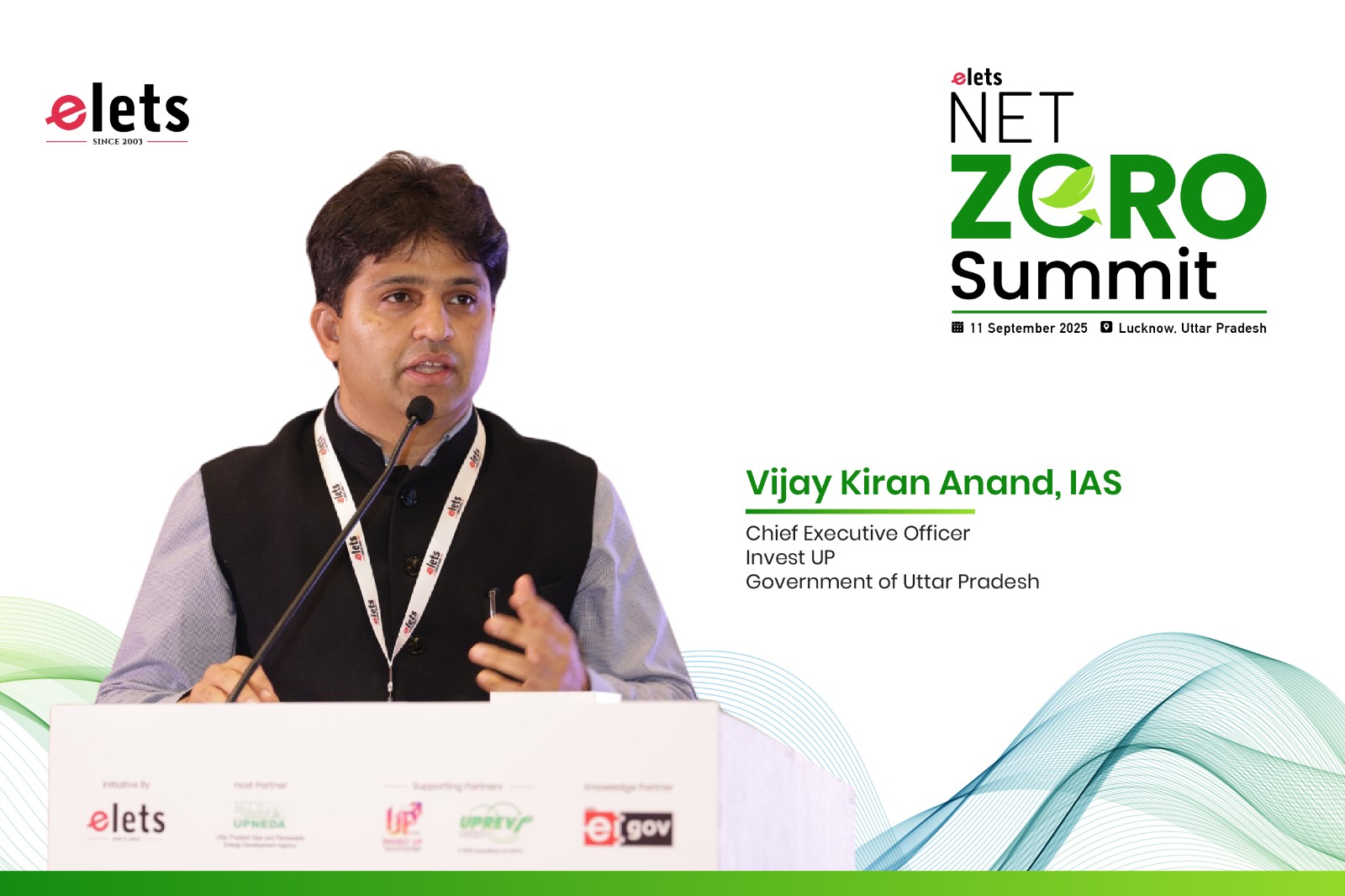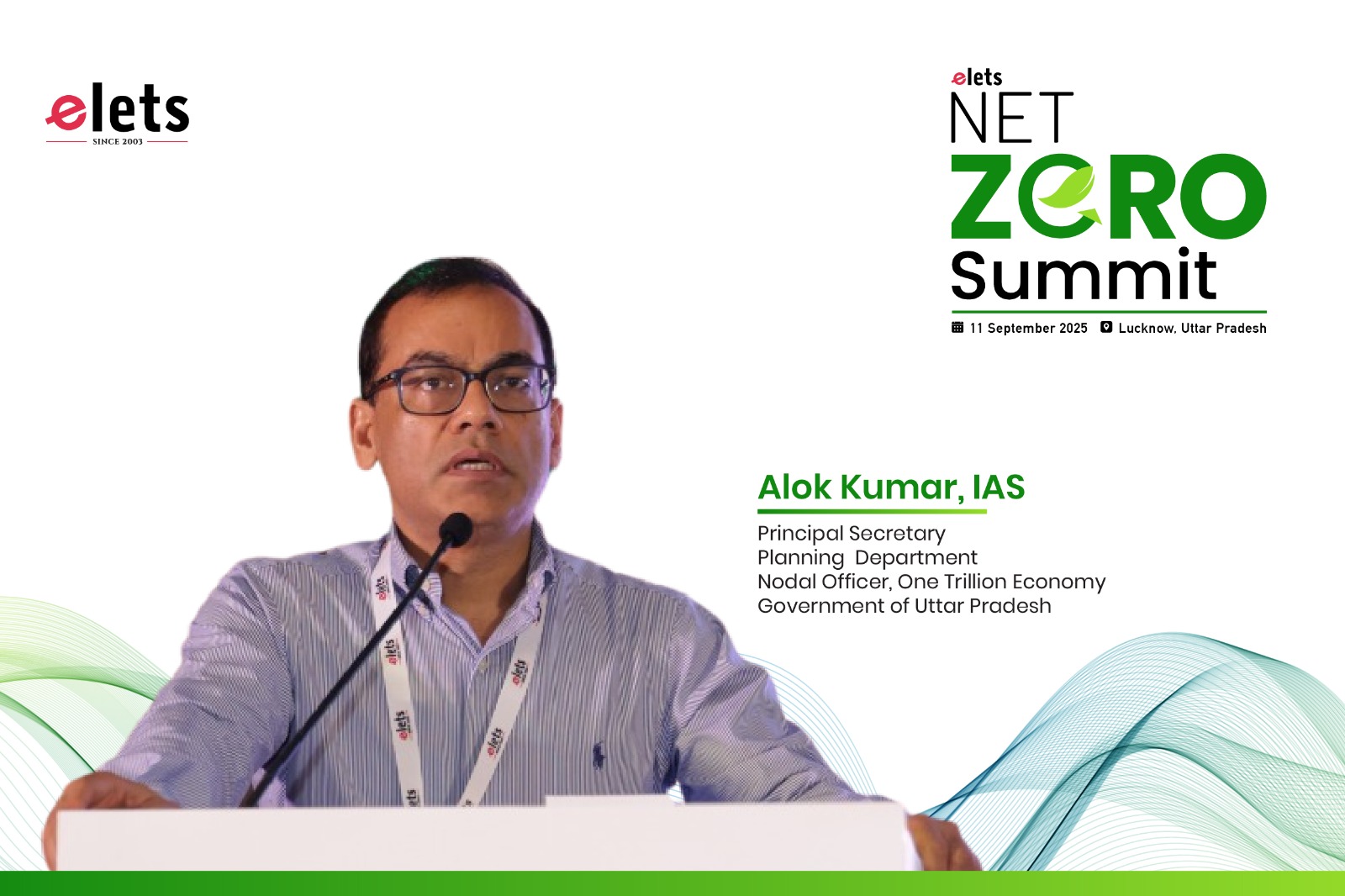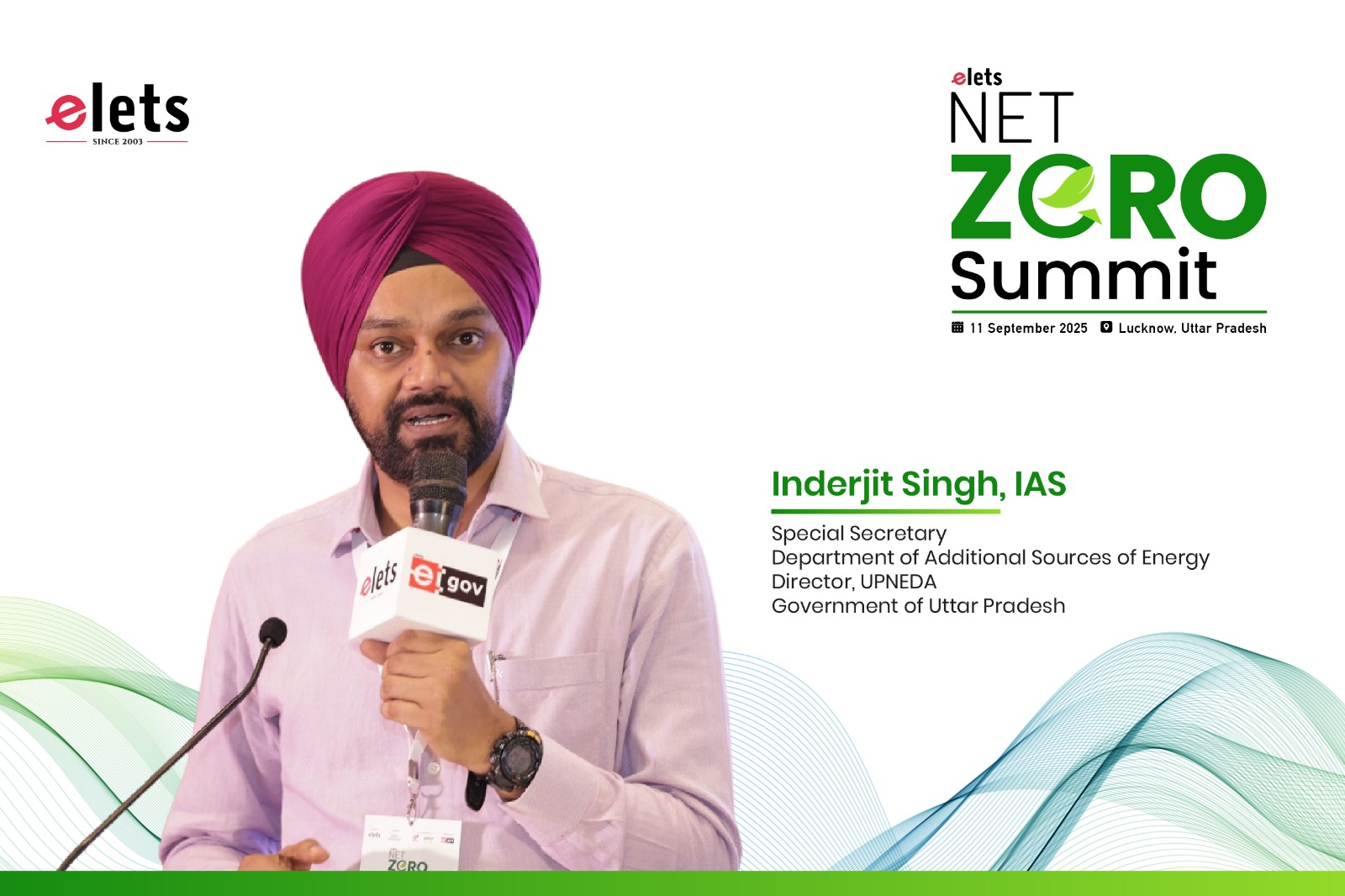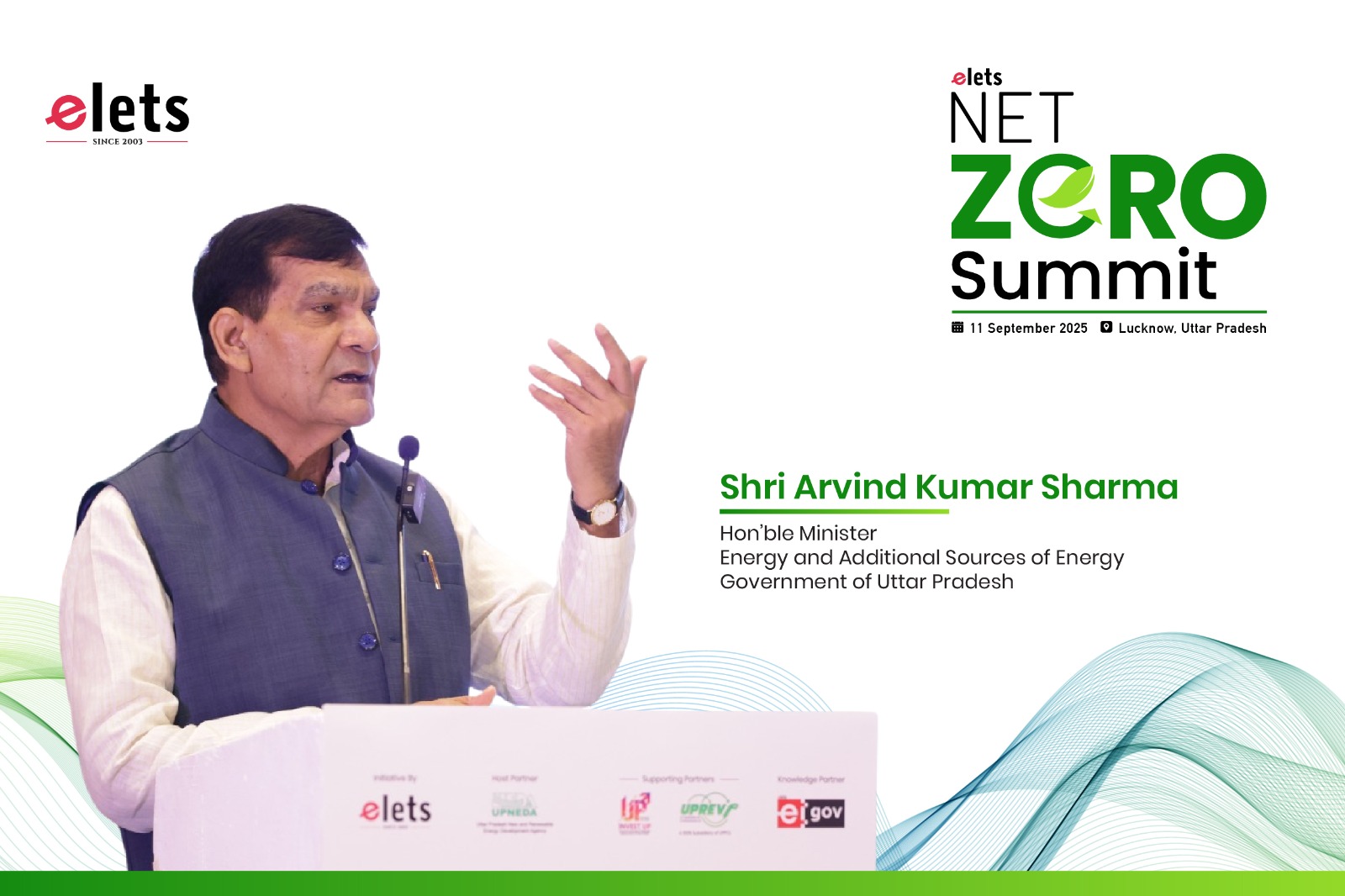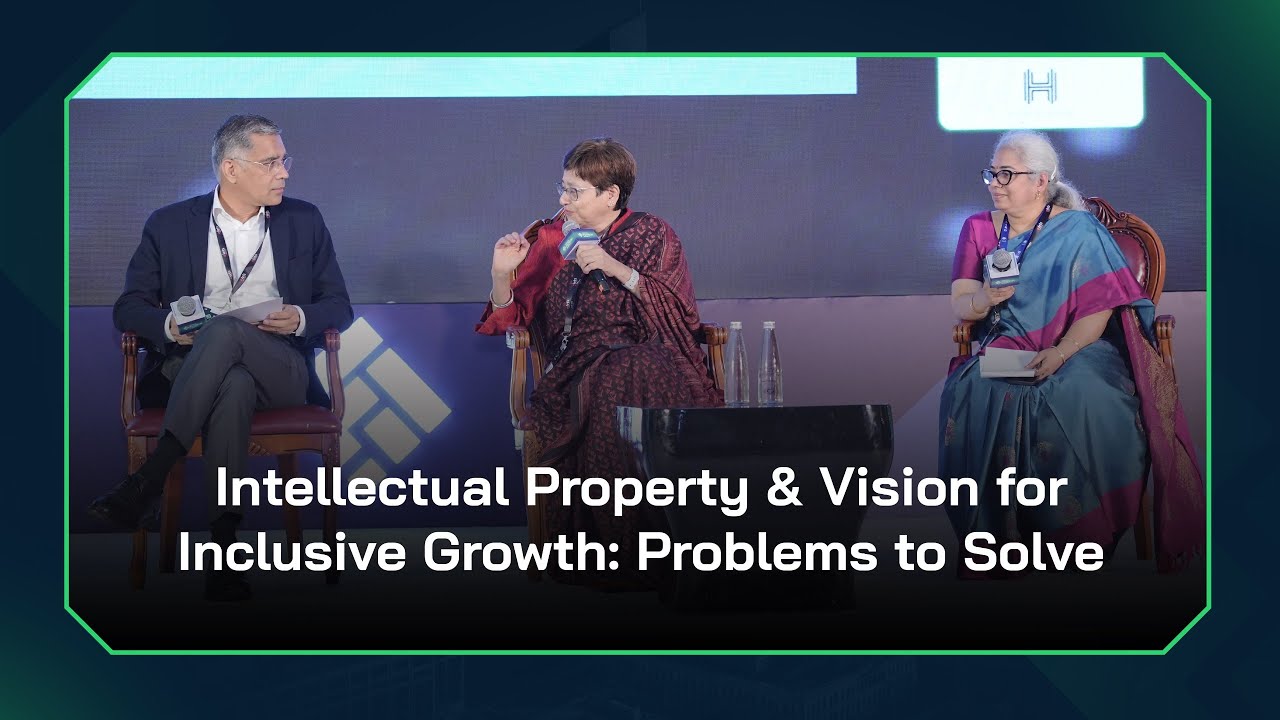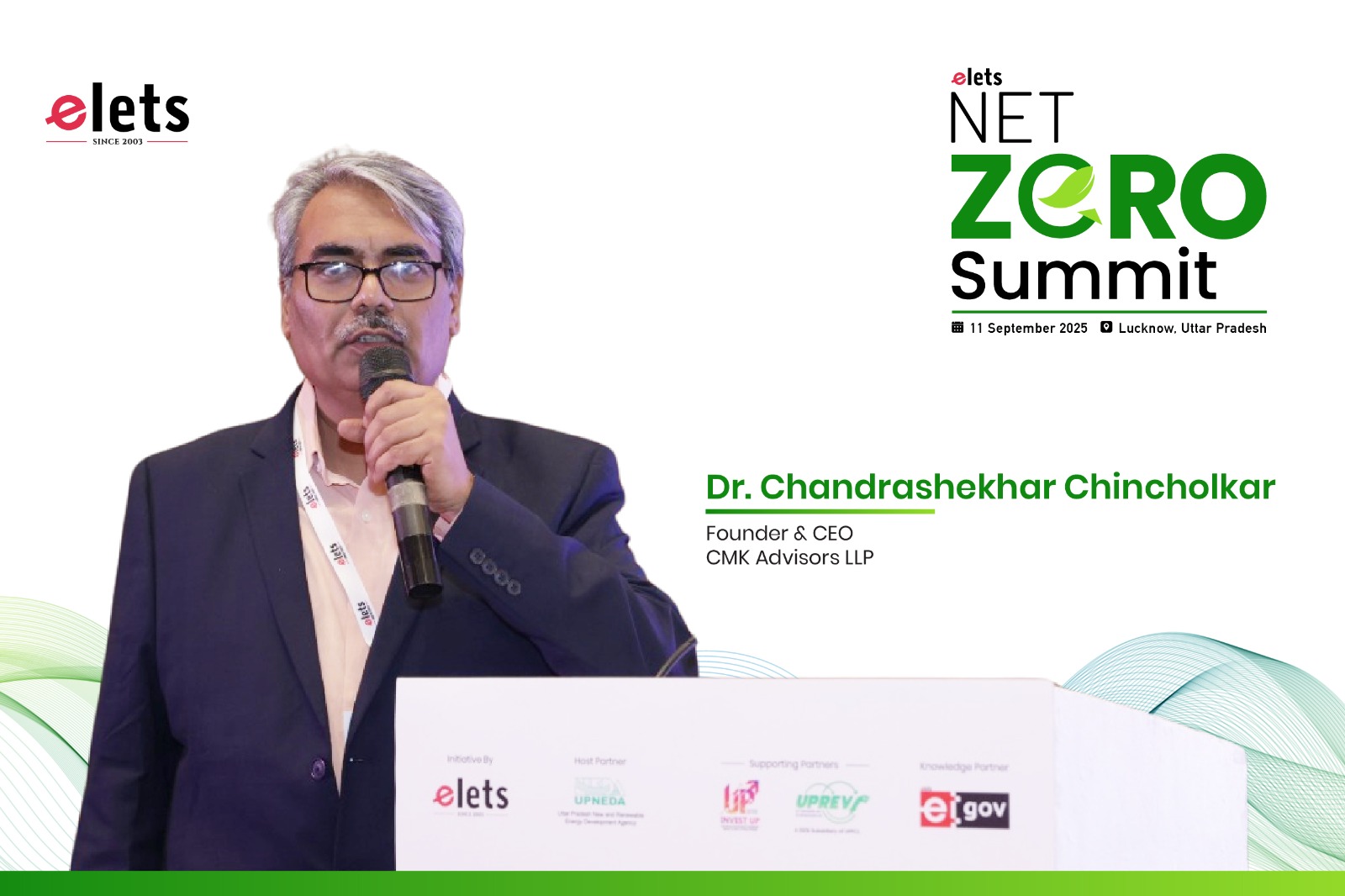
As the global community moves forward on the United Nations Sustainable Development Goals (SDGs) and the commitments made under COP26, India has set ambitious targets for its energy future. With a national goal of achieving 500 GW of renewable energy capacity, the contribution of Uttar Pradesh (UP) becomes crucial in meeting both state and national objectives.
While renewable energy remains significant for India’s energy transition, the broader objective is Net Zero emissions—a concept far larger than renewables alone. Renewable energy may account for 40–45% of the energy mix, and in certain sectors, even 80%. But true decarbonisation requires addressing emissions in manufacturing, services, mobility, and beyond.
For the services sector, around 70–80% of emissions come from electricity use, while mobility contributes 20–25%. In manufacturing, 40% of emissions arise from electricity, another 40% from industrial processes, and 20–25% from transportation. These figures illustrate the multi-dimensional challenge of reducing carbon intensity—the most critical parameter in India’s Net Zero journey.
India and Uttar Pradesh in the Global Context
India’s per capita electricity consumption stands at about 1,400 units annually, a fraction of the 12,000 units consumed in the United States. Uttar Pradesh lags further behind at 663 units per capita. With a population exceeding 243 million, UP’s low consumption reflects its stage of economic transition. As per capita income and industrialisation rise, energy demand will grow significantly, making UP a pivotal player in India’s decarbonisation efforts.
At the same time, structural challenges remain. Land acquisition, grid bottlenecks, financing hurdles, workforce skills, and policy uncertainties continue to slow down renewable energy deployment. Encouragingly, the state government is making progress in addressing policy uncertainties, though land and infrastructure constraints remain.
The Pricing and Reliability Puzzle
India’s power sector is characterised by a heavy reliance on long-term power purchase agreements (PPAs), with over 90% of power locked in long contracts and only 8–10% traded on exchanges. In contrast, the U.S. market operates in reverse, with 90% traded short-term, allowing dynamic, minute-to-minute price discovery.
Another area of concern is the power reliability index. The World Bank’s last published report (2019) placed India poorly in terms of reliability, despite progress. As India aspires to be the world’s third-largest economy, ensuring reliable and high-quality electricity supply must be a top priority.
Technology Pathways and Innovation
Technological innovation is emerging as a key enabler of the transition:
- Hydrogen Energy: UP has already witnessed trials of hydrogen-powered ships, initially developed at Cochin Shipyard and now being tested in Varanasi. This could transform inland waterway transport, linking UP directly to Kolkata.
- Energy Storage: To balance 500 GW of renewable capacity, India will require 6–10% storage capacity, operating daily for 3–4 hours. Projects such as large-scale EV battery integration could provide both mobility solutions and grid stability.
- Electric Vehicles: India has 330 million vehicles, with UP alone accounting for nearly 50 million (16–17%). Developing a domestic battery manufacturing ecosystem within UP could reduce dependence on imports and position the state as an EV hub.
Yet, India faces a fundamental challenge: we do not manufacture a single battery cell domestically today, though the first units are expected by next year. Bridging this gap is vital for the clean mobility transition.
R&D and the Missing Private Sector Push
Globally, countries invest heavily in energy-related R&D—Israel spends 6.5% of GDP, South Korea 5.25%, and China 3%. In contrast, India invests less than 1% of GDP. While government agencies like ISRO and DRDO have shown remarkable results, the private sector’s contribution to R&D remains negligible. Without a strong innovation ecosystem, India risks missing opportunities in next-generation technologies such as carbon capture, utilisation and storage (CCUS), hydrogen, and advanced storage chemistries.
Strategic Roadmap
India’s decarbonisation pathway can be viewed in three horizons:
- Horizon 1 (2025–2030): Accelerating renewable energy capacity, policy reforms, and EV penetration.
- Horizon 2 (2030–2040): Sectoral integration of electricity, transport, and heating, supported by storage and hydrogen technologies.
- Horizon 3 (2040–2070): Large-scale carbon capture, advanced R&D ecosystems, and full Net Zero compliance.
For Uttar Pradesh, achieving these milestones will mean not only bridging the energy access gap but also positioning itself as a leader in clean manufacturing, EV adoption, and renewable power deployment.
The Way Forward
Transparency, reliability, and strong regulatory mechanisms will be essential. A robust five-year planning framework, clear roadmaps for energy and industry, and investment in research and skills will determine the state’s and the country’s success.
Ultimately, energy is the backbone of economic growth. India cannot achieve its $27 trillion GDP ambition without ensuring affordable, reliable, and sustainable energy. Uttar Pradesh, with its scale and potential, holds the key to shaping India’s Net Zero future.
Insights shared by: Dr. Chandrashekhar Chincholkar, Founder & CEO, CMK Advisors LLP at the Elets Net Zero, (11th September), Lucknow
Be a part of Elets Collaborative Initiatives. Join Us for Upcoming Events and explore business opportunities. Like us on Facebook , connect with us on LinkedIn and follow us on Twitter, Instagram.
"Exciting news! Elets technomedia is now on WhatsApp Channels Subscribe today by clicking the link and stay updated with the latest insights!" Click here!




